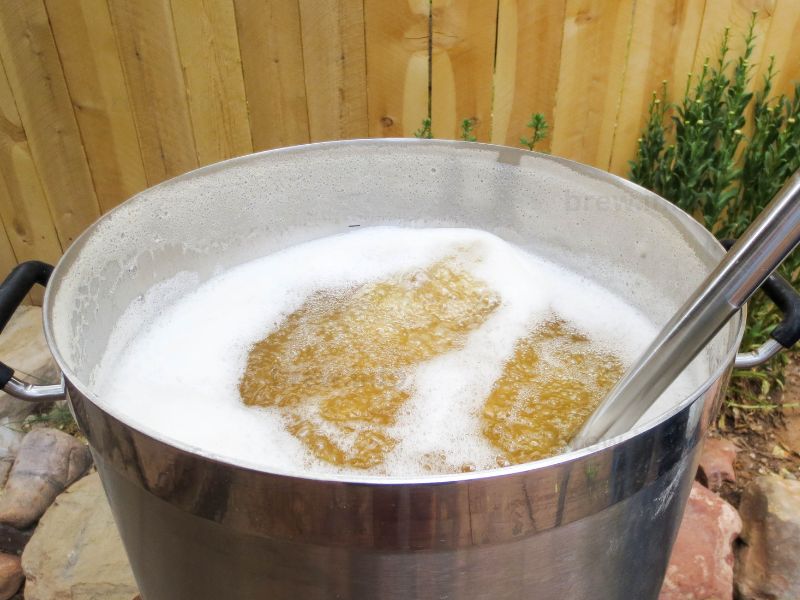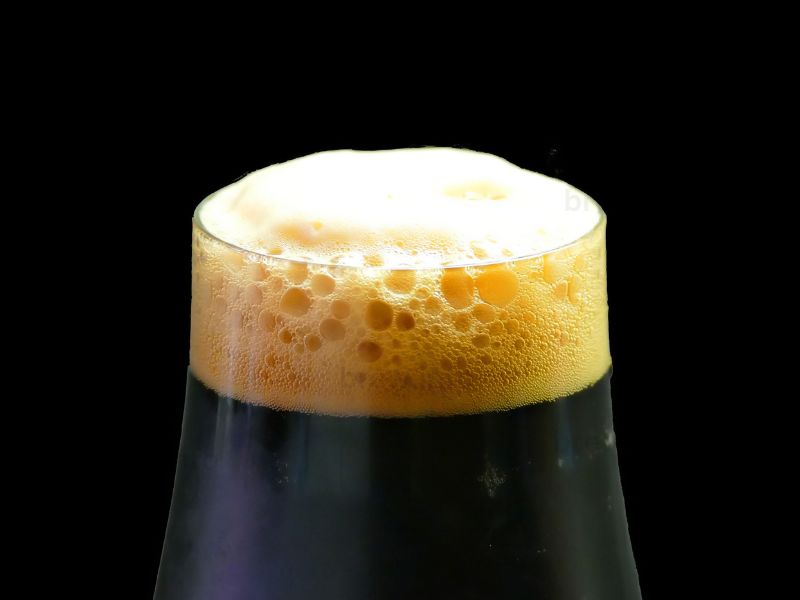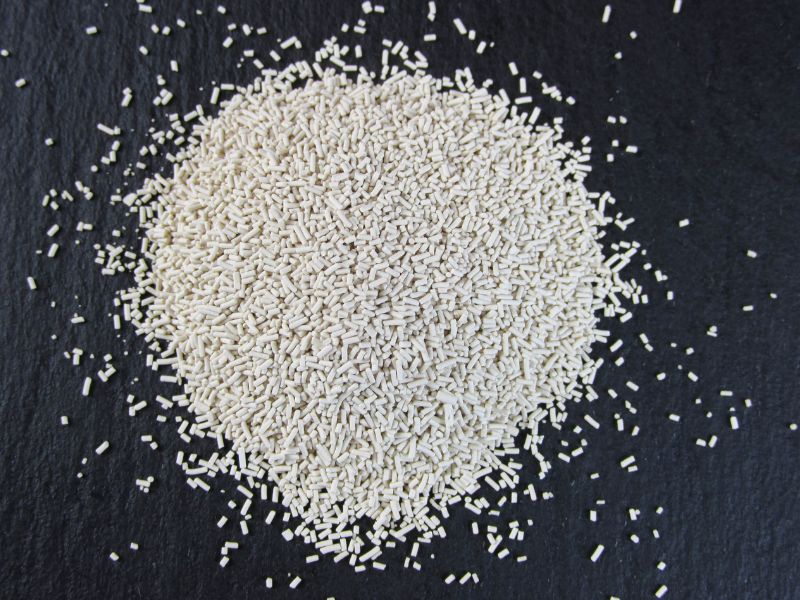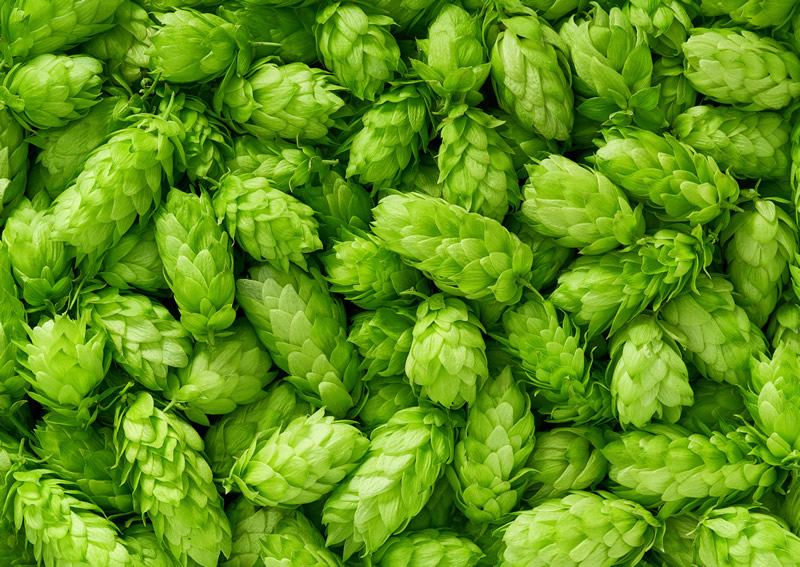Let’s Brew Some Knowledge: Understanding the Homebrewing Timeline
Homebrewing, a cherished pastime for many, is as much a science as it is an art. It’s a process steeped in tradition, with roots dating back thousands of years. But one question that often pops up for beginners in this field is, “How long does homebrewing take?” To answer this, we need to dive deep into the brewing process and understand the timeframes involved. This article assumes you have all the homebrewing equipment you need to get started.
The Starter Phase: Preparation and Sanitization
Before we even start brewing, there’s a phase that every successful homebrewer goes through – the preparation and sanitization phase. You see, brewing is not just about mixing ingredients; it’s about ensuring that the environment where the brewing magic happens is clean and free of any elements that might interfere with the process. This step might take a few hours, depending on the number of items you need to clean and the size of your brewing setup. But remember, a well-cleaned brewing setup is the foundation of a successful brew!
The Brew Day: Boiling and Fermentation Preparation
Once everything is clean and ready, the actual brewing process begins. This part, often referred to as Brew Day, involves boiling your ingredients – typically water, malt extract, and hops – and allowing them to simmer. This is when your home turns into a mini brewery, filled with the rich aroma of brewing beer.
The boiling process usually takes around 1-2 hours. But it doesn’t end there. Once boiled, the mixture, now called wort, needs to be cooled as quickly as possible. Rapid cooling prevents bacterial growth and helps the yeast do its job in the fermentation stage. Cooling can take another hour or so.
Once cooled, you add yeast to the wort, marking the beginning of fermentation. Now, you might be thinking, “Great, I’ve done all the work, the yeast can take it from here.” But remember, yeast is a living organism, and it needs some time to start working on the sugars in the wort to produce alcohol.
The Waiting Game: Fermentation
Fermentation is where the real magic happens, and it’s also where the bulk of the homebrewing timeline is spent. Primary fermentation typically takes around one to two weeks. During this time, the yeast is hard at work, converting the sugars in the wort into alcohol. You might notice some activity in the first few days, such as bubbling in the airlock. This is a sign that the yeast is doing its job.
After primary fermentation, there’s often a secondary fermentation phase. This is an optional step, used to clarify the beer and sometimes to add additional flavors. If you opt for secondary fermentation, it can add another week or two to the process.
The Final Countdown: Bottling and Carbonation
After fermentation, we’re still not ready to pop open a bottle just yet. The beer needs to be transferred to bottles or kegs, a process known as bottling. This usually takes a few hours, but again, it depends on the amount of beer and the equipment you’re using.
Once bottled, the beer needs to carbonate. Even though the yeast has done most of its work during fermentation, it’s not completely done yet. When you add a little bit of sugar during the bottling process, the yeast wakes up again and starts producing CO2, which is trapped in the bottle, carbonating your beer. This process usually takes another two weeks.
So, if you add it all up, from preparation to carbonation, homebrewing typically takes about a month, give or take a week. Of course, this is a general timeline. Depending on the recipe and style of beer you’re brewing, it might take longer.
However, kegging, which we’ll discuss next, will save you even more time.

The Kegging Advantage: Time-saving and More
Opting for kegging over bottling can be a real game-changer in the homebrewing process. When it comes to saving time, kegging shines.
Once your beer has completed fermentation, the traditional next step is bottling. This process involves cleaning, sanitizing, and filling each bottle individually, which can be time-consuming, especially if you’re brewing a large batch. On top of that, you add priming sugar to each bottle to kickstart the secondary fermentation, which leads to carbonation. This step adds at least another two weeks to your brewing timeline.
However, with kegging, these steps are significantly reduced. You’re dealing with a single container – the keg – which needs to be cleaned and sanitized, instead of dozens of bottles. Once your beer is transferred into the keg, you can force carbonate it by adding CO2 directly. This process can carbonate a full batch of beer in just a couple of days, or even a few hours if you’re in a hurry, slashing the traditional waiting period.
Aside from saving time, kegging offers other advantages. It provides more control over the carbonation level, allowing you to fine-tune the bubbles to match the style of beer you’re brewing. Plus, it’s easier to share and serve your beer from a keg, especially if you’re entertaining a crowd.
But, keep in mind, kegging does require an initial investment in additional equipment, including the kegs, a CO2 tank, and a kegerator or keezer if you want to keep your beer chilled and ready to serve. So, while it might speed up the homebrewing process and offer convenience, it’s worth considering whether the benefits outweigh the costs based on your brewing habits and goals.
In conclusion, while homebrewing is a patient brewer’s game, methods like kegging can help speed up the process and get your brew into your glass faster, making it an appealing option for those eager to enjoy their homemade beer.
The Extended Journey: Lagers and Specialty Beers
While the brewing timeline we’ve discussed so far is relatively standard, it doesn’t apply to all types of beer. Lagers, for instance, require a different yeast strain and lower fermentation temperatures, which lengthens the fermentation process. Primary fermentation for a lager can take up to two weeks, followed by a lagering phase at near-freezing temperatures that can last several weeks to several months. The result? A crisp, clean beer that’s well worth the wait.
Similarly, if you’re brewing a high-gravity beer (a beer with a high amount of fermentable sugars and hence a high alcohol content), you’re in for a longer brewing timeline. These beers often require extended fermentation and aging times to allow the flavors to mature and the high alcohol content to mellow out. Some strong ales and specialty beers might even need a few months to reach their peak.
Patience is the Key Ingredient in Homebrewing
Homebrewing is a labor of love. It’s not about rushing the process to get to the end product. It’s about enjoying each step, from the preparation to the fermentation, and even the waiting. While it’s tempting to crack open a bottle as soon as it’s carbonated, remember that beer, like a good story, often gets better with time. Some beers can significantly benefit from a bit of aging, allowing the flavors to meld together, and any harsh notes from the brewing process to soften.
In Conclusion: A Homebrewer’s Journey
So, how long does homebrewing take? It’s a question with many answers. It can take as little as four weeks for a basic ale, several months for a lager or a high-gravity beer, and possibly even longer for specialty brews. But no matter the timeline, homebrewing is a rewarding journey, filled with opportunities for learning, experimentation, and most importantly, the creation of a beer that is uniquely yours.
© 2011-2023 by Brew.info. All rights reserved. No part of this document may be reproduced or transmitted in any form or by any means, electronic, mechanical, photocopying, recording, or otherwise, without prior written permission of Brew.info.







